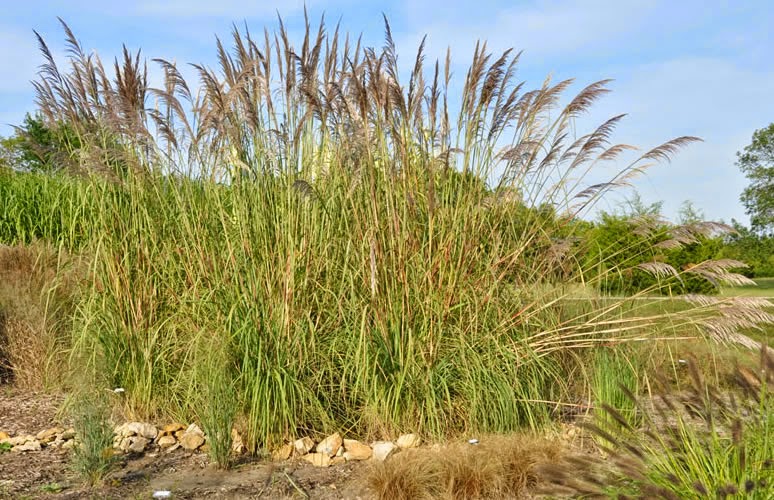(单词翻译:单击)
听力文本
In summer, the Tibetan plateau heats up, drawing in warm, wet air from the south.
在夏季,西藏高原温度升高,南方的温湿空气随之而来。
But the water never arrives.
可是雨水却从不光顾这里。
As the moist air approaches, it's forced upwards by the Himalayas and condenses into huge rain clouds.
潮湿的空气上升遇到雄伟的喜马拉雅山后,便凝聚成为巨大的积雨云。
These clouds drop all their water on the southern side of the mountains.
雨全都下在喜马拉雅山南边的山峰上。
The very peaks that keep Tibet dry
就是这些山峰的存在使得西藏变得气候干燥,
are responsible for the monsoon rains falling farther south and the greening of India.
也造成了季风雨只落在更远的南方,令印度的大地显得一片绿意盎然。
Here, soaked by rain and bathed in tropical sun, grass reaches its full potential.
在这里,伴着雨水的滋润,沐浴在灿烂的阳光下,萋萋芳草生机无限。
Elephant grass is the tallest in the world.
象草是世界上最高的草。
Grass that towers over an elephant can conceal all sorts of surprises.
这种草长得比大象还高,里面可以隐藏各种各样的秘密。
The male Lesser Florican. It's hard work getting noticed when you go courting in high grass.
雄性孟加拉鸨。在这么高的草丛里面求偶是很难得到关注的。
视频及简介
剧组将镜头对准惊恐的蒙古小羚羊,亲眼目睹它们的季节迁徙的人其实很少。同时你不会错过第一次出现在摄影机镜头里的长相怪异的藏狐。历时六个星期,剧组为了跟踪一个企图捕杀大象的狮群,用夜视镜近距离地拍下了当时混战的场面。



